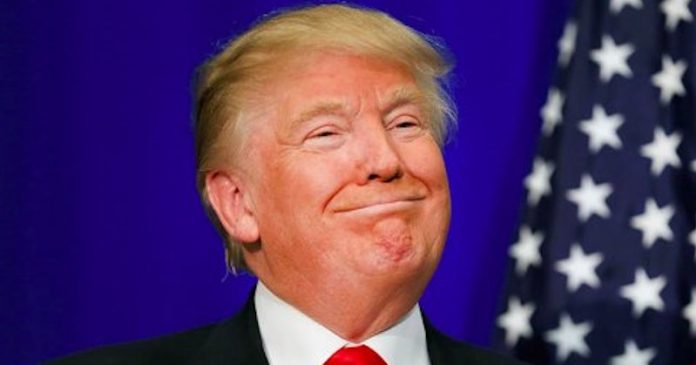The House of Representatives might want Trump removed from office, but bulls don’t. Or, at least they shouldn’t.
Not after the 3 years he’s given investors.
In fact, since Trump was elected in 2016, he’s significantly outperformed past presidents in terms of stock market (S&P 500) gains. The market is up 50% over the last three years, compared to the average presidential three year gain of 23%.
As we approach the end of Trump’s third year in office (this year), the S&P is currently up 28.6%. The year-three return for past presidents averaged 12.8%.
And outside of a rough second year, in which the S&P sunk 6.2% under Trump’s reign, it’s been all good for “Teflon Don.” He’s on pace to blow away full-term average returns even after enduring a 2017 hiccup. Historically, the last two years of a presidential term have been the best.
We should expect similar (if not better) numbers in 2020 if the trend holds.
For Obama, however, that wasn’t the case. In the fourth year of both his terms, the S&P actually fell slightly. His second and third years turned out to be the best, on average.
For Trump, year two was his worst.
Bespoke Investment Group, which analyzes long-term economic data, tracked presidential market performance since 1928 – the starting point from which the averages above were derived.
Thus far, Trump’s presidency fits the bill.
“Year three has been by far the best year of the cycle with an average gain of 12.81%, and the playbook has stuck to the script in year three of the current cycle,” said Bespoke analysts in a note to clients.
The S&P’s gains this year, while impressive, were to be expected (according to the data). Helped along by a rate-cutting Fed, partial trade deal, and a roaring economy, the market soared.
Perfectly in line with Bespoke’s observed model.
And though Trump’s market achieved massive gains this year, it’s not the best on record. Obama actually managed a 32% return (vs. Trump’s 28.6%) in 2013.
However, it should be noted that Obama’s “burst” came during an economic recovery, just five years after the 2008 Financial Crisis. The U.S. was bouncing back from the Great Recession, meaning that major year-over-year growth – especially from stocks – was to be expected.
Trump’s “big year” came well after the post-crisis recovery finished. The economy had already enjoyed a period of expansion, and the market was bullish all the way. The fact that equities were able to kick-off a bull run continuation, even after seeing huge recovery gains in the years prior, is particularly impressive.
All while analysts had the U.S. (and global) economy pegged for recession.
In the end, 2019 turned out to be a great year for bulls.
For Trump-doubting economists, not so much.








